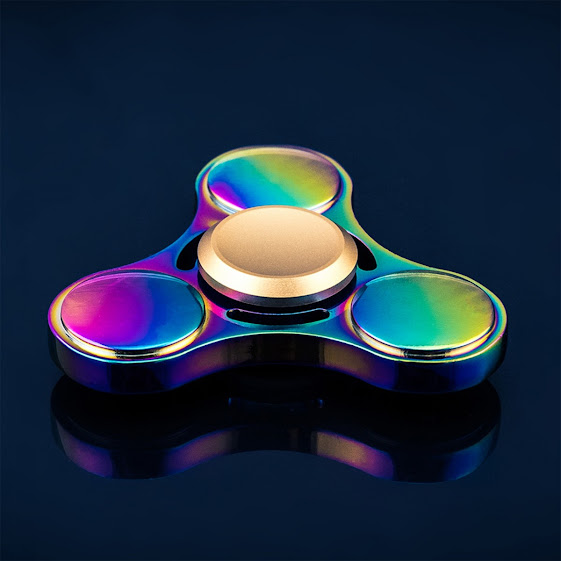Hybrid Solution Employs Spinner For Self-Charging/Plug-In EV!
Fidget Spinners were all the rage back at the beginning of 2017 after being
perfected in metal during 2014 by Scott McCoskery to entertain himself in
lengthy IT meetings. These are not the spinners referenced for use in
self-charging mobility solutions.
What we are witnessing is the reemergence of the Mazda power unit that
utilizes a rounded triangle shaped rotor, as opposed to a piston in a
stationary cylinder, to deliver motion power through the 4 cycles of the
development exchange through the burning of a combustible fuel mixed with
air.
Rotary engines are known for their simplicity and their tremendous power
output relative to their size and this is why it made sense to reimagine the
use of rotary power to create electricity upon which and electric engine
powered mobility platform can move one to their destination.
This excerpted and edited from Car and Driver -
Mazda MX-30 R-EV Brings Back the Rotary, but Not Like You Imagined
The rotary has returned, but this time around, the 0.8-liter single-rotor
gasoline engine serves as a generator to charge the battery.
BY JOEY CAPPARELLA - Car and Driver - PUBLISHED: JAN 13, 2023
Mazda has found a unique solution to the MX-30 EV's short driving range,
and it involves the company's first rotary engine since the RX-8 sports
car. The new Mazda MX-30 e-Skyactiv R-EV is a plug-in hybrid with a small
single-rotary gasoline engine that serves as a generator to charge the
battery pack and allow for longer drives.
Mazda reduced the size of the lithium-ion battery pack, as the R-EV has a
17.8 kWh lithium-ion pack compared with the EV version's approximately
32.0-kWh pack. This allows it to go a measly 53 miles on a charge per the
WLTP. But when the battery is depleted, the 830-cc 74-hp rotary engine
kicks in to supply charge while on the move. The Mazda's 13-gallon fuel
tank is larger than other such "range-extender" setups including the BMW
i3 and Chevy Volt, but Mazda hasn't provided a longer range estimate that
includes the gasoline engine's range boost.
Image Gallery Here >>>
The R-EV's electric motor is also more powerful than the EV version's,
providing 167 horsepower to the front wheels. Mazda claims it will get to
62 mph in 9.1 seconds, which would be roughly equivalent to the already
sluggish EV version's acceleration. The 3674-pound MX-30 EV got to 60 mph
in 8.7 seconds in our testing, and the R-EV's extra 24 horsepower would
likely be offset by the extra weight of the rotary, as the claimed curb
weight is 3920 pounds.
The problem we, at EVHN, are seeing is that this approach, as produced, does
not deliver a technological argument as one would wish. For Example - Mazda
is unwilling to publish what the extended range that could be
expected.
One source speculates about a total distance of 380 miles and so there is no
real argument other than PR for Mazda due to the use of Rotary as opposed to
any significant contribution to any overall improvements in "Delta"
performance measurements.
That's the spin as witnessed early in the adoption of rotary power for
self-charging/extended range solutions in EV mobility this day.
... notes from
The EDJE
FEATURED ARTICLE >>>
TAGS:
Rotary, Hybrid, Self-Charging, EV, Electric Vehicles, MAZDA, R-EV,
MX-30, The EDJE





No comments:
Post a Comment